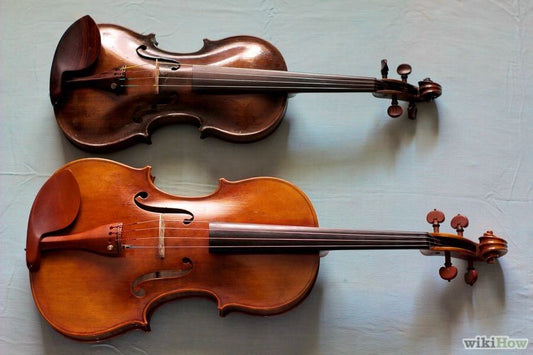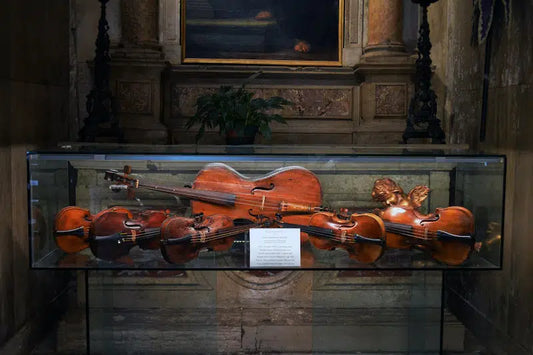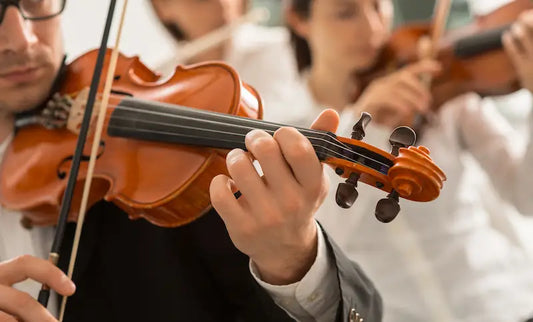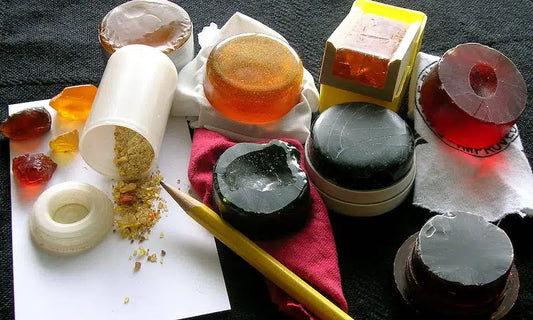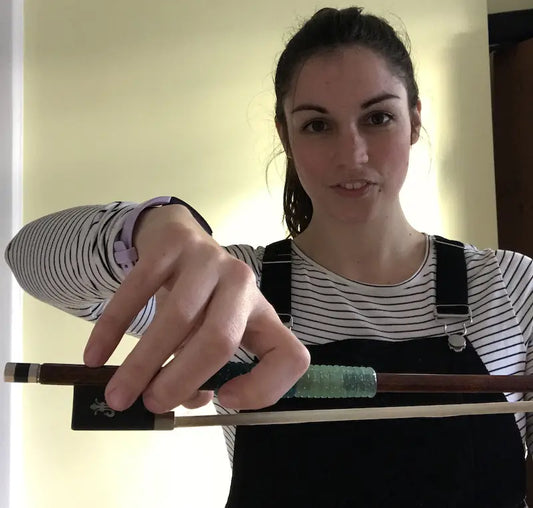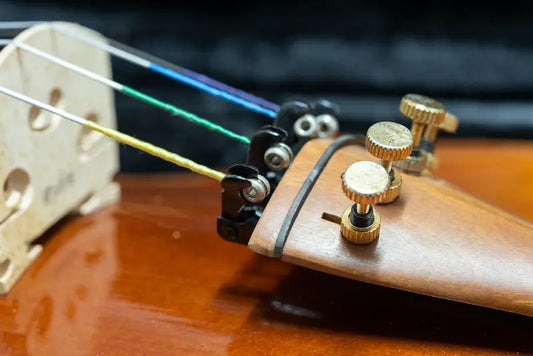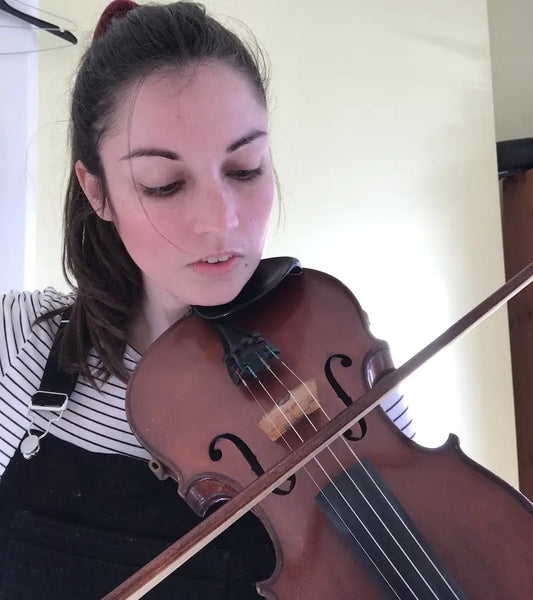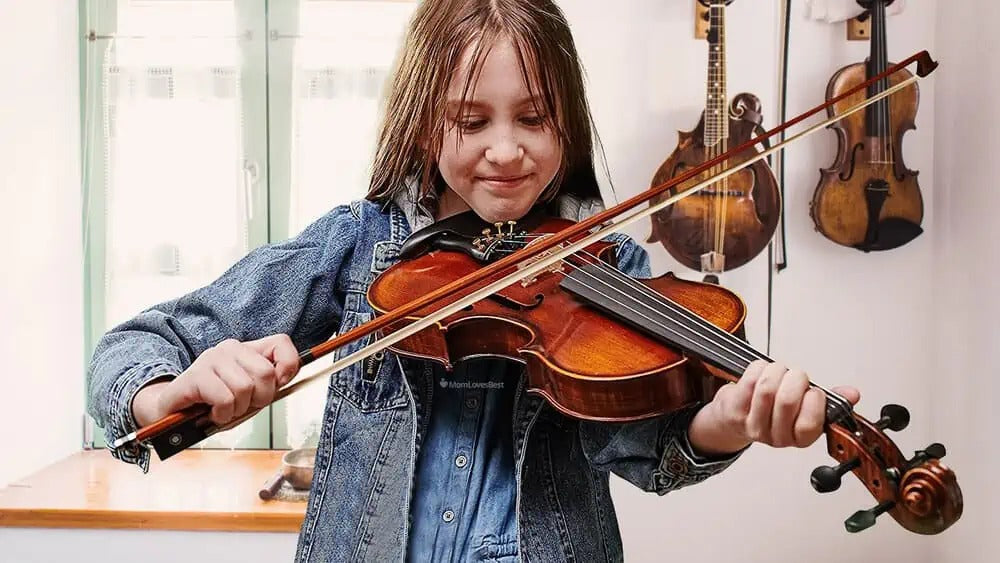
How to Choose a Violin for Children
Considering the Child's Age
When buying a violin, it is essential to consider your child's age and abilities as well as how serious they are about playing the instrument. Violins can be expensive, and you don't want to spend hundreds of dollars on something your child can only practice a few times.
Consider age-appropriate features and other specifics to look out for when purchasing this particular instrument.
Toddlers
For "young violinists", simplicity is the most important thing for a sound experience. You should just have your child have enjoyable sensory experiences by feeling, hearing, and imitating movements.
You don't have to use a real violin if you just want to introduce them to the instrument. There are many types of toy violins that have interesting features such as music, lights, and sounds.
The important thing to keep in mind is your child's abilities. Some toddlers may enjoy the realistic looking toy violin, while others will enjoy the exciting features of the electronic toy.
Beginner
If your child shows a genuine interest in playing this instrument, they need a real violin to help them do it. School violins are usually made from good quality wood, but parts such as the pegs and chin holders can be plastic.
If your child is making rapid progress, then finding an intermediate violin is a wise choice. These violins are of better quality than the student ones, and the pegs and chin rests are usually made of ebony or similar materials.

Here are some factors to consider when buying a children's violin:
• Synthetic core string: This is easier to play than steel strings.
• The right size: A violin that is too big to play comfortably.
• A good wood: For example, Spruce or maple.
For older children, a school violin is not enough to meet their musical needs. Therefore, if your child is playing at a more advanced level, it is important to use a professional instrument to prepare for upcoming performances or other important milestones.
When looking for a quality violin, keep the following in mind:
• Choose high quality strings like D'Addario Prelude.
• Pay attention to the volume and illumination of the violin, especially when used in performances.
• Choose a violin that is handcrafted with quality materials, like maple, and painted with an antique polish.
Also, look for the right size for the player. There are 9 violin sizes, of which the standard size is "adult" or "4/4" and generally fits people 11 years of age or older and arm lengths of 23 inches or more. Here are other arm sizes and lengths:
• 3/4: 22 inches.
• 1/2: 20 inches.
• 1/4: 18.5 inches.
• 1/8: 16.5 inches.
• 1/10: 15 inches.
• 1/16: 14 inches.
• 1/32: 13 inches.
How to measure?
To measure your child's arm length, ask them to open their arms the same way they would hold a violin and measure from the base of the neck to the center of the palm. This will tell you the best violin size for your child.
If the size is in the middle, see if your child is growing faster for their age. If you are unsure of the right size, seek advice from a tutor or violin shop.
Choosing a smaller violin is easier to play than choosing one that is too large. If your child has difficulty holding the violin, this can affect their learning.
Choose Acoustic or Electric Violin?
As with so many other musical instruments, you can choose between an acoustic or an electric violin. However, for beginners, acoustic is the best place to start.
The benefits of using classical violin:
• Suitable for an affordable budget.
• Easy to set up and start using.
• Suitable for training and playing at home.
Compared to that, the electric violin is heavier because it has to integrate electronics and use cables. Your child may need more support, which can be a distraction for those just starting out.
However, the electric violin also has advantages such as:
• Suitable for performances.
• There are many options and sound features.
This other important tool is often overlooked. A proper bow/bow should be sturdy and flexible, making it easier to play music. Many violinists see the bow as an extension of the arm, and a quality bow is typically made of three types of materials:
Quality bows are typically made from three different materials:
• Brazilwood is often used for beginner bows because it is durable and flexible.
• Pernambuco: the perfect dense and resilient wood, for professional bows.
• Carbon fiber: is a more stable and less expensive material than wood
Feathers used to make bows are usually taken from horses, in particular there are two types:
• Mongolian horsehair: popular, inexpensive with medium elasticity.
• Siberian ponytail: For high-end bows, this hair is thicker and has more elasticity
• The sound from the bow will be brighter and suitable for playing rock or jazz music.
Care and maintenance of the violin:
For the violin to play well and last long, careful care is very important. You may need the following:
• Carrying case: It is important to keep the violin in its carrying case when not in use. The carrying case does not always come with the violin, you may have to purchase this separately.
• Cleaning: Accessories include wire cleaner and polishing cloth. You should buy a set to have it available when needed.
• Humidifier: Violin should be stored at 45% to 60% humidity. You may need to use a humidifier
• Additional Strings: Violin strings need to be replaced every three to six months. You should be ready to have additional cords to replace when needed.
